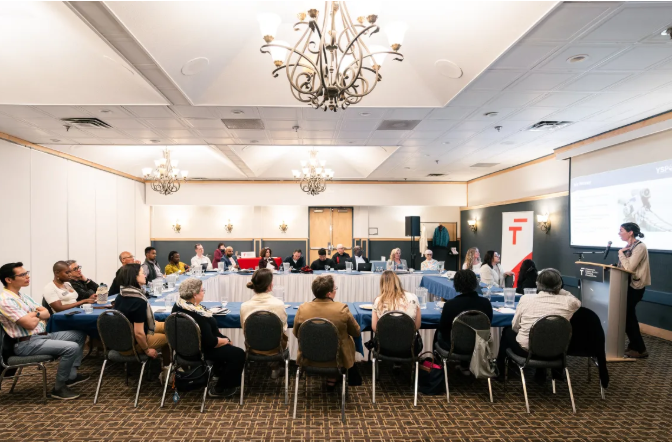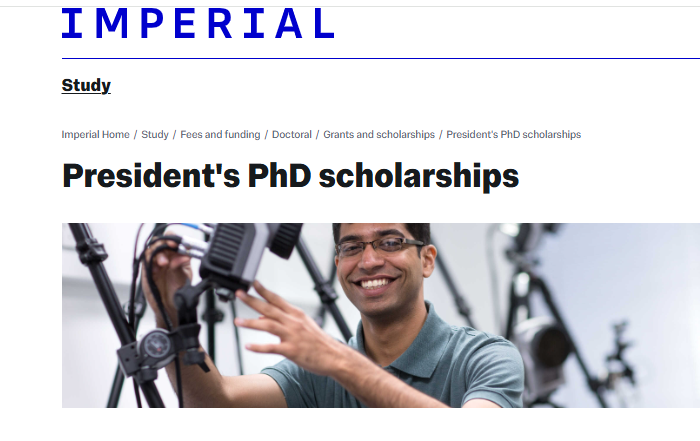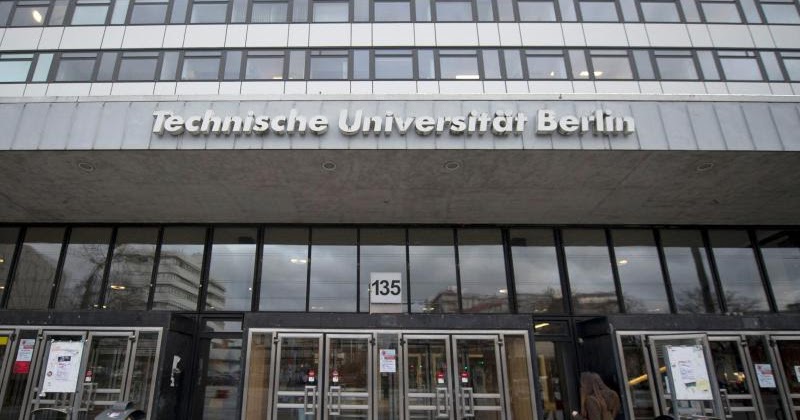Professor Dwayne Heard  -  D.E.Heard@leeds.ac.uk phone: 0113 343 6471
Dr Mark Blitz -Â M.Blitz@leeds.ac.uk phone 0113 343 6594
Start date September 2013
Unpolluted, forested regions occupy a significant fraction of the surface of the Earth, and are characterised by large emissions of biogenic VOCs, for example isoprene. Constrained box models using the detailed Master Chemical Mechanism and Earth System Models using more simplistic schemes calculate low concentrations of OH owing to the rapid removal by reaction with reactive plant emissions. Recent measurements in tropical regions by several groups show these calculations to be too low by up to an order of magnitude [1], and hence overestimate the lifetime of methane, a greenhouse gas, and underestimate the rate of chemical oxidation leading to secondary products including organic aerosols.
The hypothesis underpinning a recently funded NERC grant, âPeroxy Radical Photolysis and its Impact on Atmospheric Chemistry (PRiPIAC)â is that the photolysis of peroxy radicals constitutes a significant fraction of the missing OH that is necessary to bring model calculations into line with field measurements in low NOx regions characterised by emissions of biogenic species [1]. The purpose of this PhD project, which forms part of the PRiPIAC grant, is to measure the absorption spectra of a range of peroxy radicals which play an important role in atmospheric chemistry, and identify some of the stable products from peroxy radical photolysis using laser-based techniques.
The extent of absorption of actinic radiation by peroxy radicals is controlled by the cross-section as a function of wavelength, and using data measured in this project, together with the yield of photolytic products, for example OH radicals, also determined within PRiPIAC, and the intensity of actinic radiation, the rate of peroxy radical photolysis in the atmosphere will be calculated. Modelling incorporating the Master Chemical Mechanism will be used to study the atmospheric impact of the subsequent degradation of the products of RO2 photolysis. A focus of this project is the measurement of quantitative absorption spectra of peroxy radicals out to longer wavelengths (270 - 400 nm) where absorption is weaker and there have been fewer studies. The project will involve the construction and testing of an apparatus to measure total absorption cross-sections, benefitting from significant expertise in the Leeds atmospheric group for the measurement of absolute cross-sections for a range of reactive atmospheric species. The cross-section data will be used to calculate total photolysis rates, using the freely available Tropospheric Ultraviolet and Visible (TUV) Radiation Model. Other studies within PRiPIAC will measure cross-sections specifically for production of OH, which combined with total cross-sections will enable the yield of the OH channel to be measured.
The PhD project will also include end product analysis in order to identify some of the stable co-products from the photolysis of RO2 using a low pressure flow tube/liquid nitrogen and characterisation by gas chromatography and FTIR spectroscopy, for which the group also has considerable expertise. Identification of products will provide important information regarding the degradation mechanism of the initially formed products following peroxy radical photolysis.
The PhD will provide a broad spectrum of training in the use of high power lasers, vacuum systems, optics, computer controlled data acquisition systems and numerical calculations. You will work in a well-equipped laboratory and be part of an active, thriving and well-funded atmospheric chemistry community within the School of Chemistry. You will be supported to attend both national and international conferences, and will receive a wide range of training, for example in communication skills, project management, and with other technical aspects (for example Labview and computing).
Please contact Professor Heard or Dr Blitz for further details. http://www.chem.leeds.ac.uk/People/Heard.htmlÂ
References
[1] L. K. Whalley, P. M. Edwards, T. Ingham, M. J. Evans, D. Stone, D. E. Heard et al., Quantifying the hydroxyl radical source in a tropical rainforest, 2011, Atmos. Chem. Phys., 11, 7223-7233.
Scholarships are not only for the smart students. Anyone can get scholarships













Have a Question about this Scholarship?